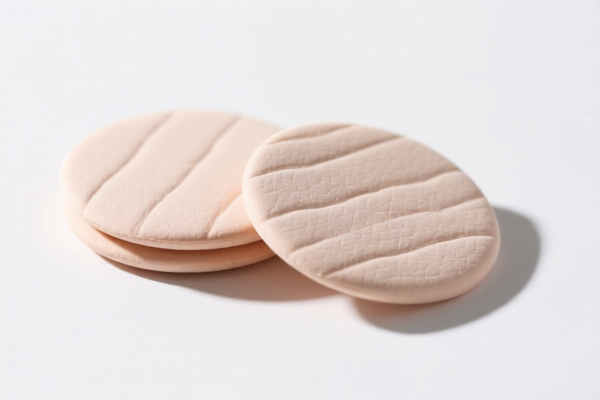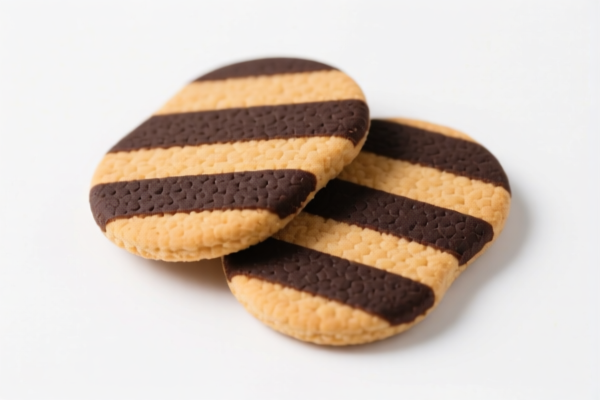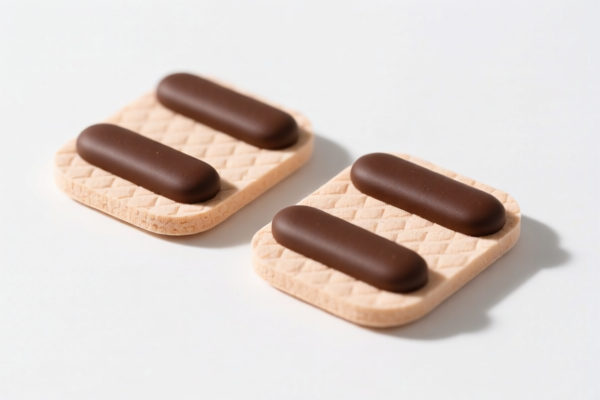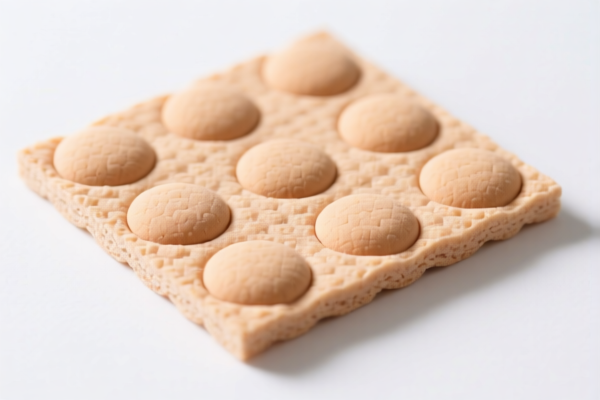| HS Code | Official Doc | Tariff Rate | Origin | Destination | Effective Date |
|---|---|---|---|---|---|
| 9619000500 | Doc | 42.5% | CN | US | 2025-05-12 |
| 9619001510 | Doc | 37.5% | CN | US | 2025-05-12 |
| 3923500000 | Doc | 60.3% | CN | US | 2025-05-12 |
| 3923900080 | Doc | 58.0% | CN | US | 2025-05-12 |




Booster Pads
Booster pads are absorbent undergarments designed to provide extra protection against leaks, typically used in conjunction with regular underwear or adult diapers. They are commonly employed for managing incontinence, heavy menstrual flow, or as a supplementary layer during diaper training.
Material:
- Absorbent Core: Primarily composed of superabsorbent polymers (SAPs), often sodium polyacrylate, which can hold many times their weight in liquid. Wood pulp fluff is frequently included to provide structure and wicking capabilities.
- Covering: Typically made from a soft, non-woven material like polypropylene or polyethylene. These materials are chosen for their liquid resistance and breathability.
- Backing: A waterproof backing, usually polyethylene film, prevents leaks onto clothing.
- Adhesive: Most booster pads feature an adhesive strip to secure them to regular underwear. Some utilize a contoured shape for better fit.
Purpose:
- Incontinence Management: The primary use is to enhance the absorbency of existing incontinence products, extending the time between changes and providing greater security.
- Heavy Menstrual Flow: Used to provide additional protection during periods with exceptionally heavy flow, preventing leaks and offering peace of mind.
- Diaper Training: Can be used as a supplemental layer during potty training to catch accidents and reduce laundry, particularly during nighttime.
- Postpartum Recovery: Offer added protection for lochia (postpartum bleeding) after childbirth.
Function:
Booster pads function by quickly absorbing and locking away fluids, preventing them from reaching clothing. The SAPs draw liquid away from the skin, reducing the risk of irritation and odor. The waterproof backing prevents leakage, while the adhesive strip ensures the pad remains securely in place.
Usage Scenarios:
- Light to Moderate Incontinence: Used independently for individuals with mild leakage issues.
- Combined with Diapers/Briefs: Added inside adult diapers or briefs to increase capacity and extend wear time.
- Nighttime Protection: Used to provide extra security during sleep.
- Travel and Outings: Offers increased confidence during activities away from home.
Common Types:
- Shaped Pads: Contoured to fit the body for better comfort and reduced shifting.
- Rectangular Pads: Simpler, flat pads that can be cut to size.
- Booster Pads with Wings: Feature adhesive "wings" that wrap around the sides of underwear for enhanced security.
- Ultra-Thin Booster Pads: Designed for discreet use with minimal bulk.
- Long Booster Pads: Offer extended coverage for overnight use or heavy flow.
- Booster Pads with Odor Control: Incorporate materials or treatments to neutralize odors.
Booster pads are not explicitly listed as a distinct commodity within the provided reference material. However, based on their function and material composition, the following HS codes may be relevant:
- 9619000500: Sanitary pads (towels) and tampons, diapers (napkins), diaper liners and similar articles, of any material: Of plastics. This code applies to sanitary pads and similar articles made of plastic. Booster pads, if constructed primarily of plastic materials, would fall under this classification. The base tariff is 5.0%, with an additional 7.5% surcharge, increasing to 30.0% after April 2, 2025, resulting in a total tariff of 42.5%.
- 9619001510: Sanitary pads (towels) and tampons, diapers (napkins), diaper liners and similar articles, of any material: Of paper, cellulose wadding or webs of cellulose fibers Sanitary napkins and tampons. If booster pads are made of paper or cellulose materials, this code is applicable. The base tariff is 0.0%, with a 7.5% surcharge, increasing to 30.0% after April 2, 2025, for a total tariff of 37.5%.
- 6114909070: Other garments, knitted or crocheted: Of other textile materials: Other Other: Other (859). If booster pads are constructed from textile materials and classified as garments, this HS code may be considered. The base tariff is 5.6%, with no additional surcharge currently, increasing to 30.0% after April 2, 2025, resulting in a total tariff of 35.6%.
According to the provided reference material, the HS code options related to 'booster pads' are limited, with only the following 3 found.
It is important to determine the primary material composition of the booster pads to accurately classify them under the appropriate HS code.
Customer Reviews
No reviews yet.